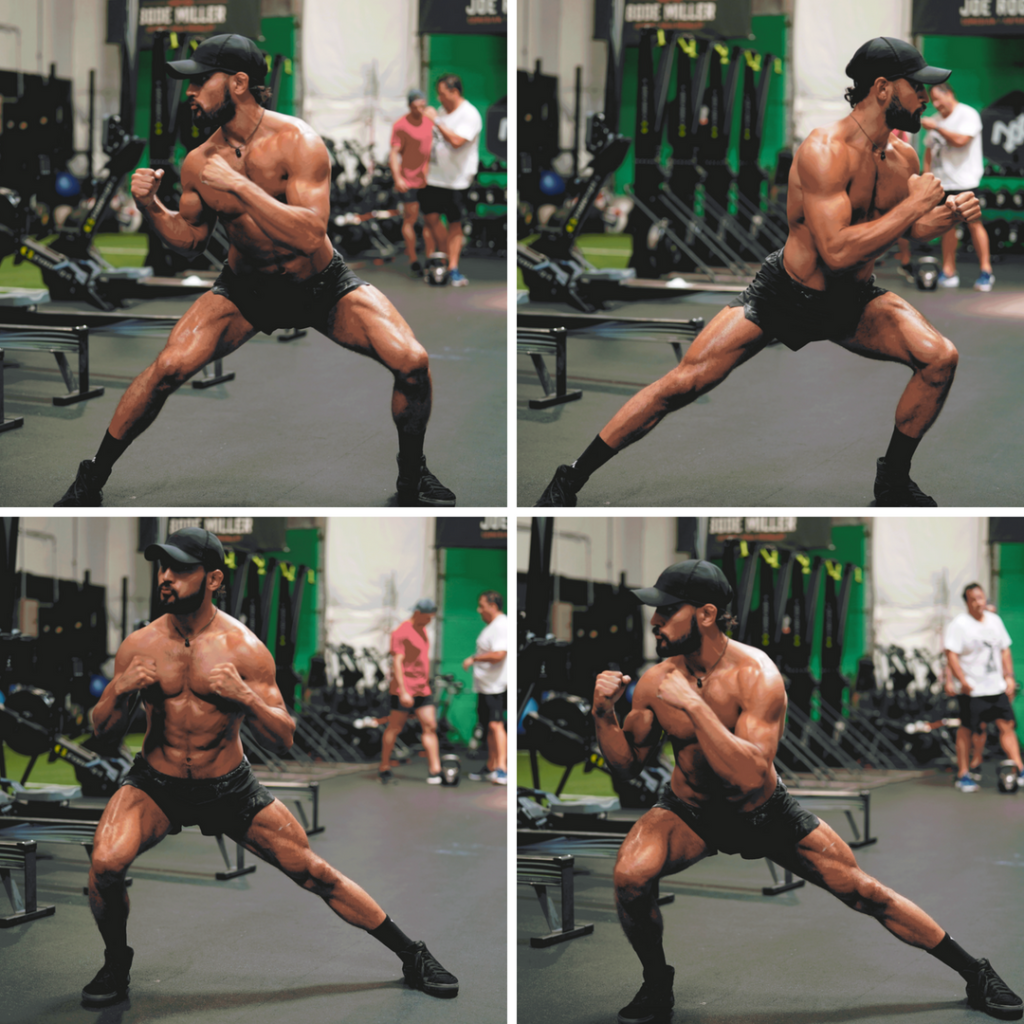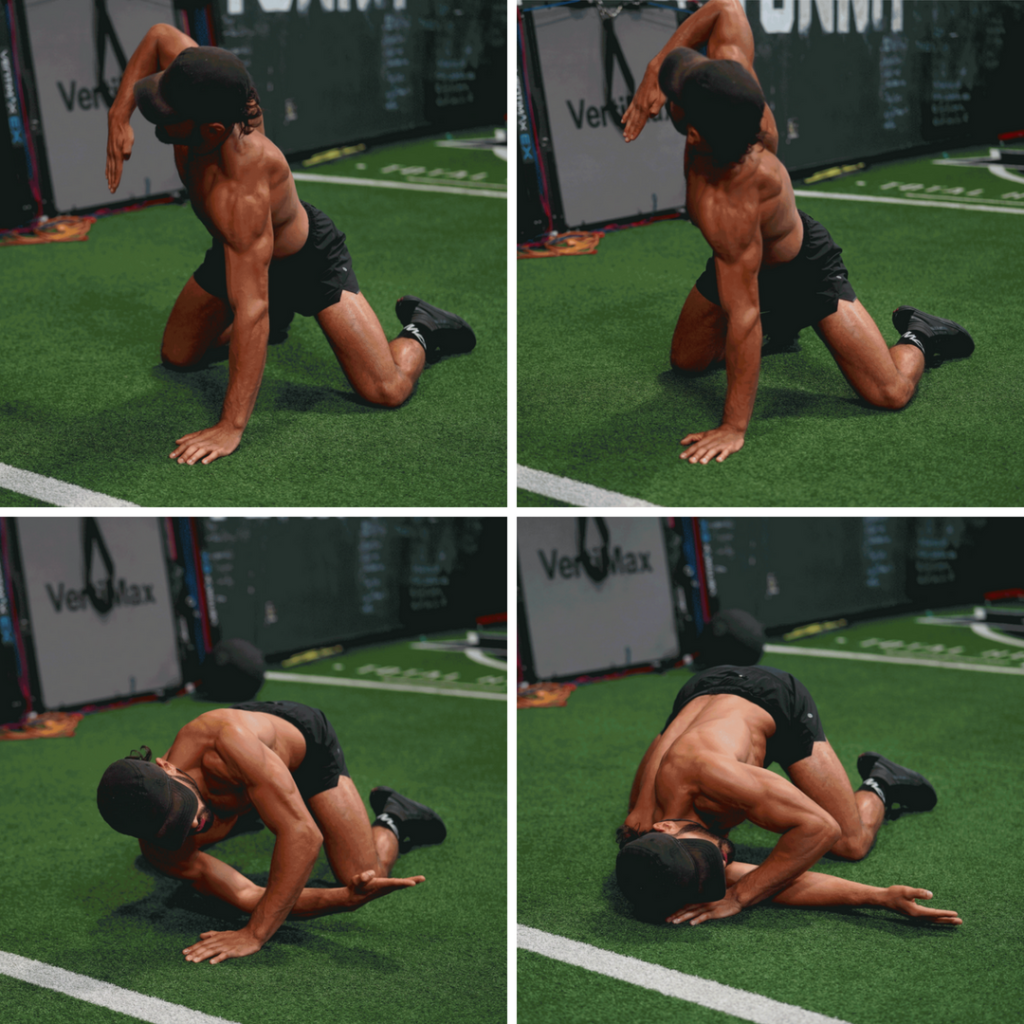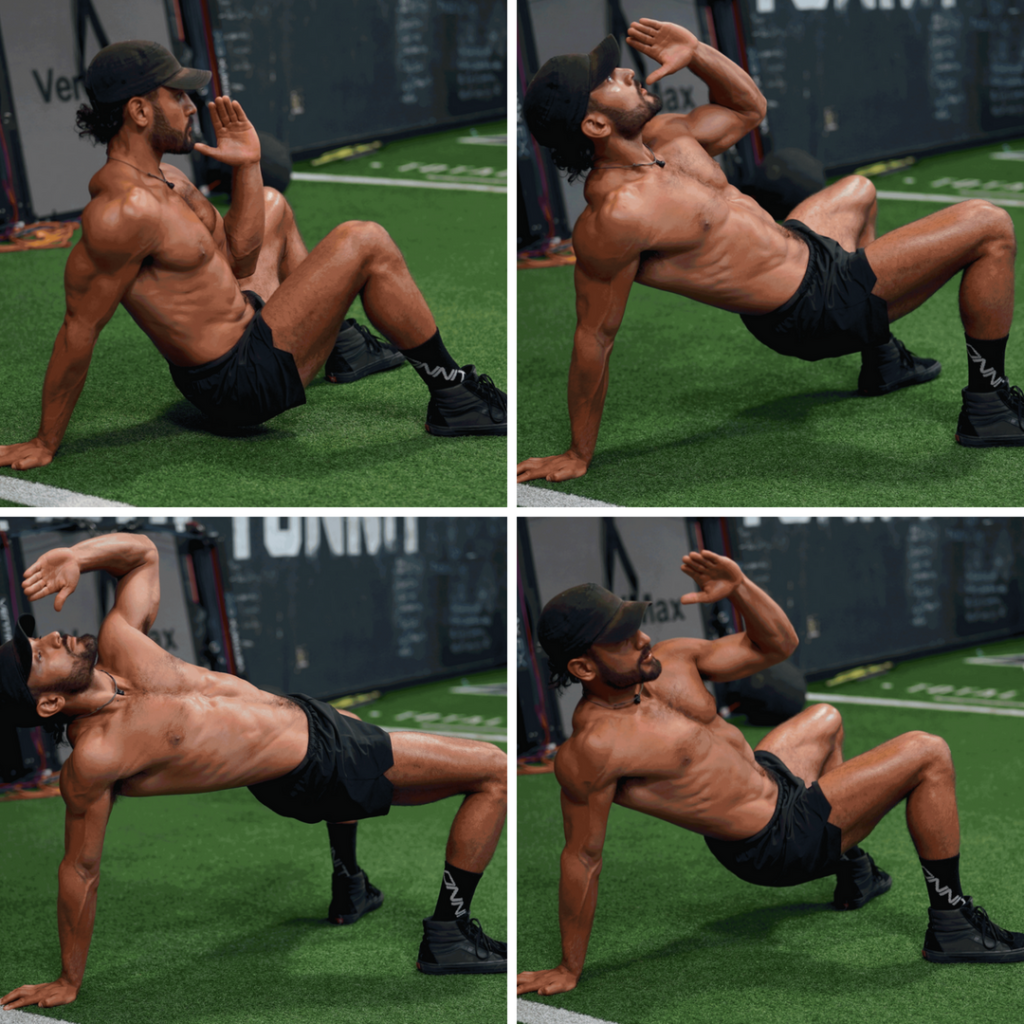“No Pain, No Gain!” We have all heard that at some point or another along our fitness or athletic journeys. Pushing through pain is sometimes said to make you stronger, more resilient, and tough. When in reality, working through pain can have detrimental effects on the body, which can possibly lead to imbalances and injuries.
The act of ignoring pain and pushing through it while training can potentially create huge setbacks for you in your training, aka potentially flushing all of your progress and gains down the drain. In some cases, pain may increase to the point where they have to take off several months of training just to recover from the overworked and damaged tissues.
Editor’s note: This article is an op-ed. The views expressed herein and in the video are the author’s and don’t necessarily reflect the views of BarBend. Claims, assertions, opinions, and quotes have been sourced exclusively by the author.
What Pain During Exercise Can Actually Mean
In my own training philosophy and coaching, I never suggest to push through high levels of discomfort or pain. The sensation of pain can essentially be described as a signal from the nervous system telling you something is not functioning properly, and needs to be modified. Shifting your focus from overloading and training at your maximum capacity — to recovery and longevity — can actually help you heal your body faster, thus allowing you to make more gains for longer periods of time.
https://www.instagram.com/p/BmvsPK_A4Ow/
For many gym-goers, when they start to experience pain from training, there are three routes taken: They either push through the pain, refrain from training the affected area, or stop training entirely. What if the onset of pain was actually your body signaling you to make a change in your current routine or movement patterns?
Figuring out the patterns of your pain, assessing your body, and taking the time to properly decompress your tissues can potentially reduce your sensation of pain to keep you active, strong, and making gains.
My Go-To Mobility Drills
Instead of claiming the pain as yours for life, or taking off months of training hoping for it to go away on its own, let’s consciously shift to think about maintaining the body similarly to how you would take care of an antique car. Listen to the aches and pains of your daily life, and try to implement more mindful movement and mobility drills into your practice, which could potentially enhance your tissue health and mechanics.
So wait, you’re telling me that if I become more flexible, it will help with my pain?
Not necessarily, flexibility and mobility are not synonymous. As evident in this article about the differences between mobility and flexibility.
“The biggest difference between mobility and flexibility is that in order to move a muscle through its range of motion with control (mobility), you need strength. … Flexibility is one part of mobility. But strength, coordination, and body awareness are also elements of mobility.”
It’s always important to keep longevity in mind, and listen to our bodies if we want to continue getting stronger. Implementing mindful movement and mobility exercises into your programming and lifestyle is going to set you up to unlock current restrictions you may feel in your body, and also perform at a higher level.
Here are some of my favorite mobility drills for the hips, spine, and shoulders. Be sure to take your time with these movements. And remember, consistency is key.
My Favorite 5 Go-To Mobility Drills
Goal: Repeat This Circuit 3 times | Minimal Rest Between Rounds
1. Low Lateral Lunge Switch With Twist, Alternating x 10 reps
Start standing with a tall, neutral spine. With the core tight, step out with one foot to the side. Sit your hips down to your heel with your opposite leg fully extended. Then, turn your torso away from your extended leg, and shift your weight sitting towards the opposite hip, extending the opposite leg. Keep a good posture as you sit, and then come back up with the feet close together and alternate sides.

2. Kneeling Spine Wave x 6 reps
Start on your knees. Sit your butt back towards your heels, extend your arms out in front of you, then extend your spine, sinking your head, chest, and shoulders down towards the floor. Inhale as your in the back position and then exhale and flex your spine as you shift your weight forward, and then inhale and drop your hips and lift your chin to the sky with the chest up and shoulders back. Move forward and back waving through your spine. Keep your arms straight throughout the whole set.

3. Bow Draw to Needle Arm Thread, Alternating x 5 Deep Breaths Each Side
Starting on your knees, draw one elbow up and back as you inhale and then reach through with that arm and needle under your armpit while stacking your shoulders. Exhale and twist deeper into your stretch. Alternate sides by coming back up and drawing your opposite elbow up towards the sky with your next inhale. Try to coordinate one breath with one rep.

4. Kneeling Mountain Climber with Reach, Alternating x 10 reps total
Starting in a plank position with your knees on the ground, step one foot forward outside your same side palm. Try keeping a long spine, and proud chest as you squeeze your glutes, and press through your hips. Reach the hand opposite to your forward knee up, and reach up toward the sky opening up your chest and keeping a long spine. Come back to your kneeling plank position. Alternate sides.

5. Crab Reach, Alternating x 10 reps
Start by sitting face up with the palms behind your back and legs bent. Bridge your hips up keeping them level and reach with one hand across your chest. Reach far overhead and toward the ground to get a deep stretch in your thoracic — all while keeping your hips from rotating. Alternate sides by pulling your arm back in and and sitting your hips close to the floor before switching.

Feature image from @primal.swoledier Instagram page.